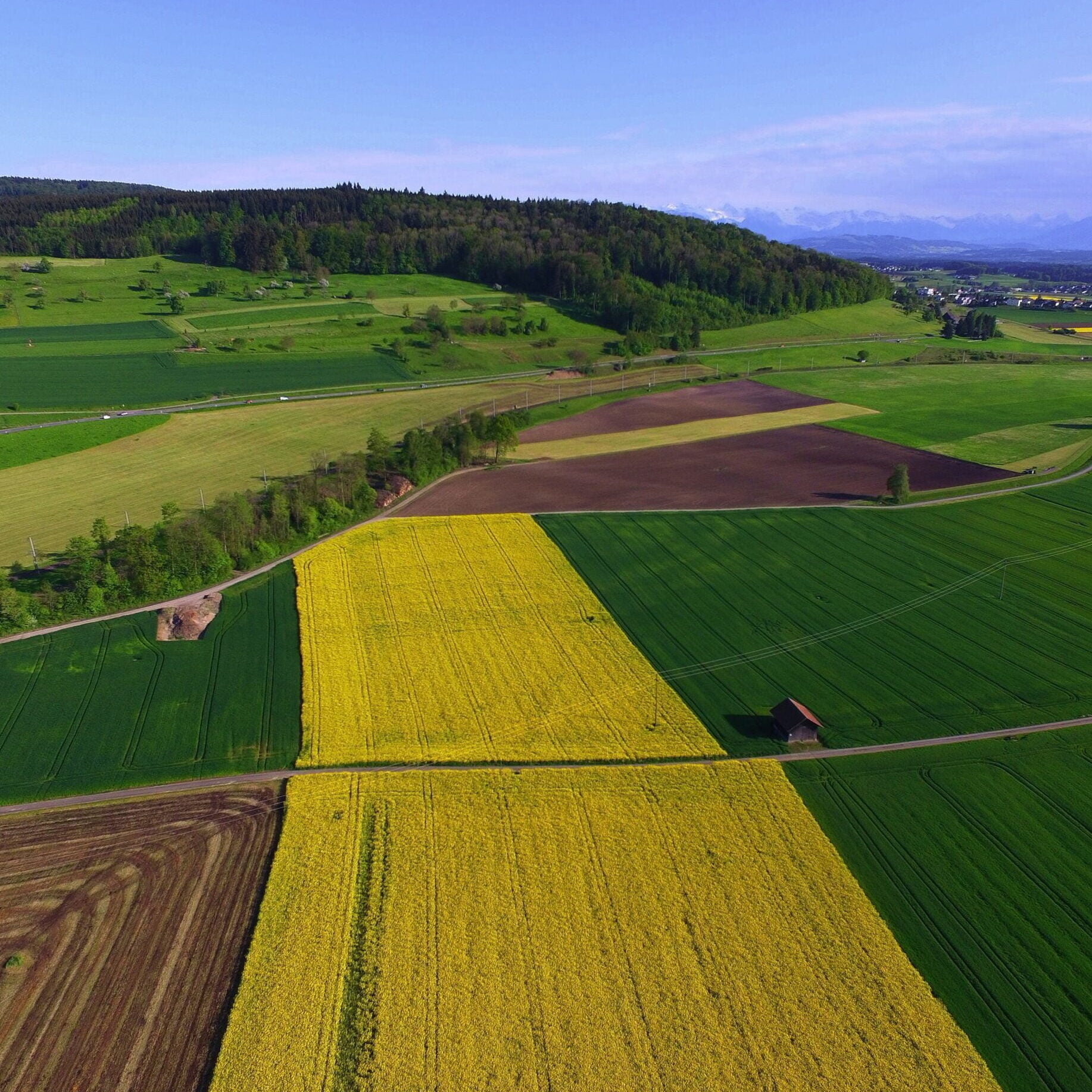
What Is Land-Use Change And What Role Does Agriculture Play In It?
by Phoebe Bracken
Understanding land-use change
Land-use itself is a relatively broad term referring to any form of human-assigned purpose or management practice [7]. The ‘use’ of the land is then categorized based on these purposes, such as cropland, livestock grazing or residential – with land not being used directly by humans being under the likes of wild, natural, or semi-natural classifications [7].
Land-use change, therefore, reflects a shift in given purposes, like tropical rainforests becoming grazing land in what can otherwise be called deforestation: a form of land-use change [6] [7]. These changes in the function of land often have impacts on the ecosystem that change the habitability to certain species and populations [6]. The role the land plays in global energy exchanges, such as the storage of terrestrial carbon in the soil, also makes such land-use changes significant in terms of greenhouse gas emissions and climate crisis [3].
The significance of agriculture
Since 1961, global population growth and an increased demand for fuel and energy, has driven an unprecedented intensification of agricultural production [3]. Coupled with the average calorie consumption per person increasing by one third since 1961, agriculture’s demand for land and water to produce food and fuel has rapidly transformed the global landscape [3]. Landscape changes that make land more viable for agriculture, from the draining of peatlands, to the flooding of land for rice production, and the deforestation in land-clearing processes are key sources of environmental damage associated with land-use change [4].
Of what can be classified as habitable land, excluding areas like salt flats and land under glaciers, it is estimated that half is used for agriculture [2]. Of the land used for agriculture, there is a great inequality between crops grown for livestock and crops for human consumption. Paradoxically, 77% of total agricultural land is used for grazing animals and crops for animal feed which, in the end, contribute just 18% to total human calories consumed [2].
Importantly, there have been critical improvements in terms of agricultural efficiency that mean the increased demand does not linearly align with land-use change for agriculture [4]. Nonetheless, the conversion of natural ecosystems into intensive agricultural systems has been the largest source of greenhouse gas emissions, and continues to drive devastating biodiversity loss [1].
Methane is a critical greenhouse gas to look at when considering the impact of agriculture on the Climate Emergency. Significantly more potent than carbon dioxide, agriculture accounts for at least 45% of total global methane emissions [4].The major source, accounting for around 80% of total agricultural methane emissions is the livestock industry, originates from animals’ natural enteric fermentation processes (part of the digestive process for ruminant animals, like cattle and sheep) and their manure [4].
Moving forward, our ability to monitor and understand land-use change and its effects on the landscape, biodiversity, and the climate crisis are improving through remote sensing technologies like drone imagery, as well as communication technology systems and climate intelligence services [3].
Reference List:
[1] Land use in agriculture by the numbers, Food and Agriculture Organization of the United Nations [FAO], https://www.fao.org/sustainability/news/detail/en/c/1274219/, accessed on 30/03/22.[2] Hannah Ritchie, Max Roser, Half of the world’s habitable land is used for agriculture, Our World in Data, https://ourworldindata.org/land-use#half-of-the-world-s-habitable-land-is-used-for-agriculture, accessed on 30/03/22.
[3] Intergovernmental Panel on Climate Change [IPCC], 2020, Climate Change and Land, https://www.ipcc.ch/site/assets/uploads/sites/4/2020/02/SPM_Updated-Jan20.pdf.
[4] McKinsey & Company,2020, Agriculture and Climate Change: Reducing Emissions Through Improved Farming Practices’, https://www.mckinsey.com/~/media/mckinsey/industries/agriculture/our%20insights/reducing%20agriculture%20emissions%20through%20improved%20farming%20practices/agriculture-and-climate-change.pdf.
[5] International Resource Panel,2013, Assessing Global Land Use: Balancing Consumption With Sustainable Supply, United Nations Environment Programme, https://www.resourcepanel.org/sites/default/files/documents/document/media/assessing_global_land_use_summary_english.pdf.
[6] Bimal Kanti Paul, Harun Rashid,2017, Land Use Change and Coastal Management in Climatic Hazards in Coastal Bangladesh: Non-Structural and Structural Solutions, 183-207, DOI: 10.1016/B978-0-12-805276-1.00006-5.[7] Samuel Lee-Gammage,2018, What is land use and land use change?, TABLE, https://www.tabledebates.org/building-blocks/what-land-use-and-land-use-change, accessed on 30/03/22.


